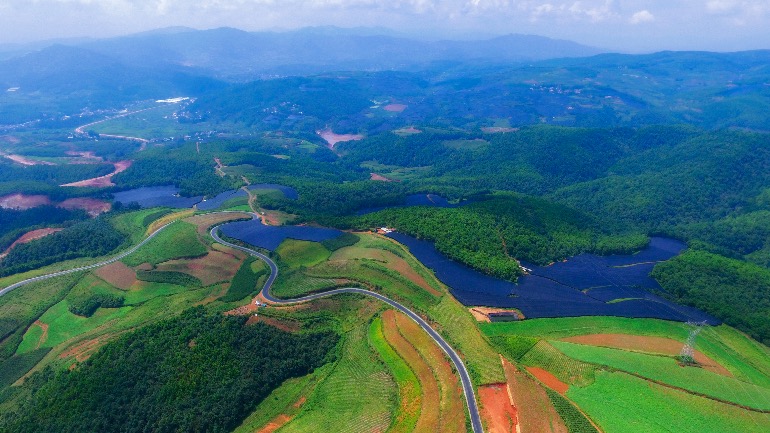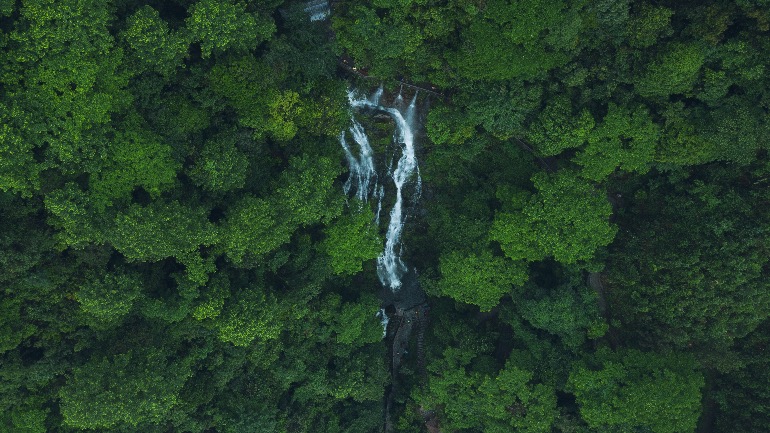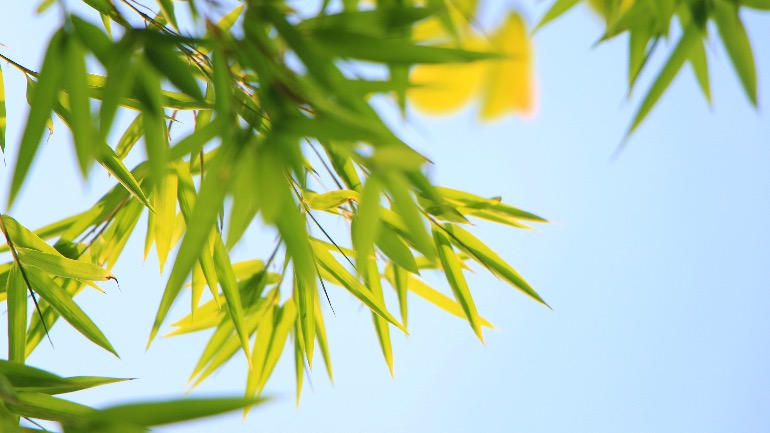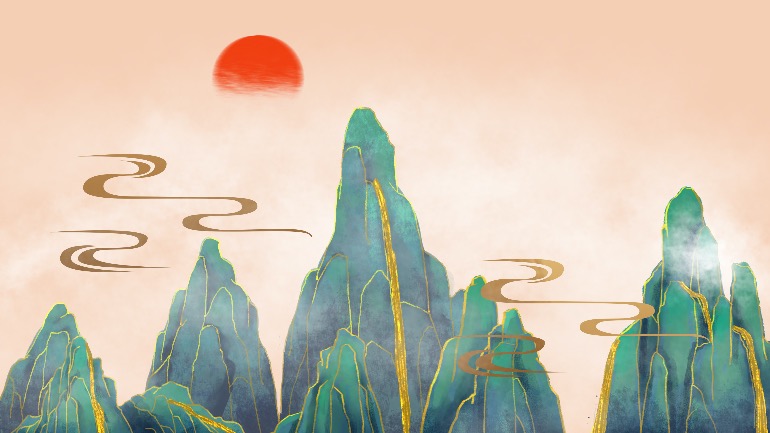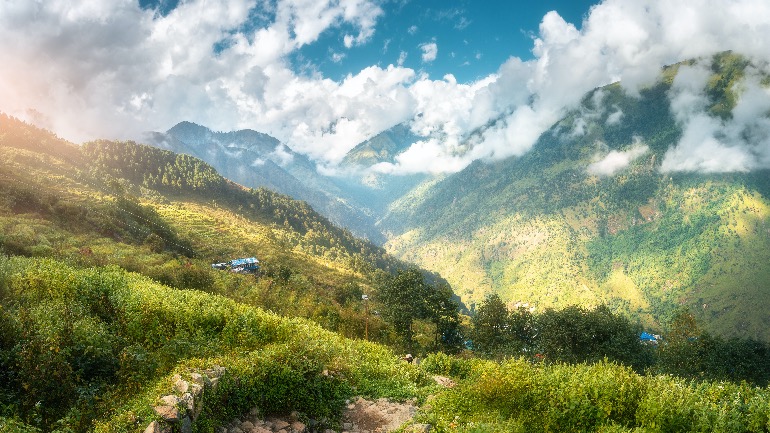The Four Noble Truths explain the nature, the origin, the cessation and the path leading to the cessation of suffering. Why are there not three or five truths? It is because all that is known or existent can be assigned to either samsara or nirvana; there is no other kind of existence in between. Samsara has its cause and effect; so does nirvana. Two sets of cause and effect make the Four Noble Truths. To explain nirvana and samsara by way of cause and effect is essentially what the Four Noble Truths are all about.
- Quote from The Right View, "The Four Noble Truths—the Path Out of Samsara"



